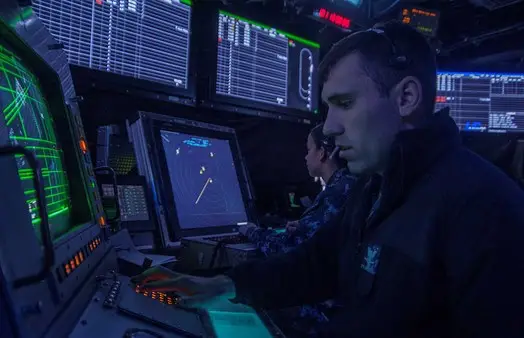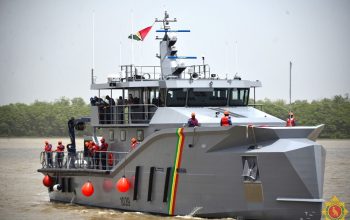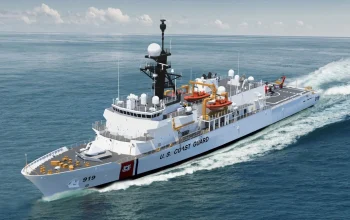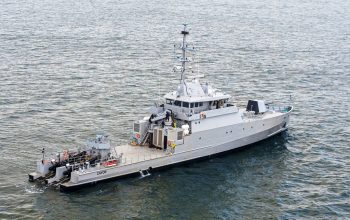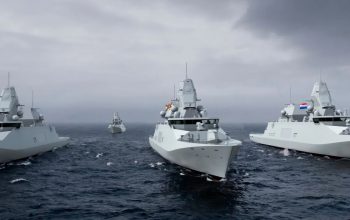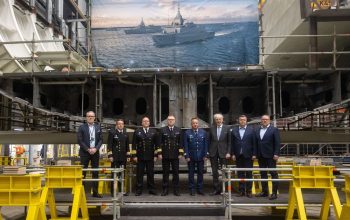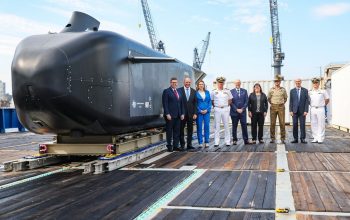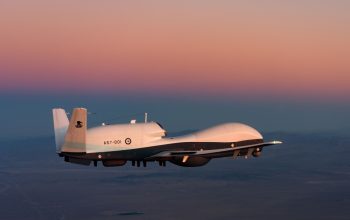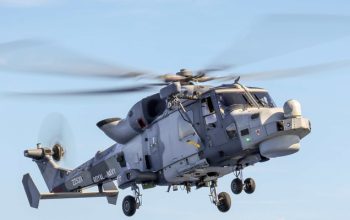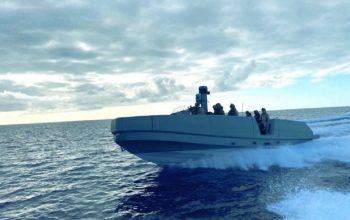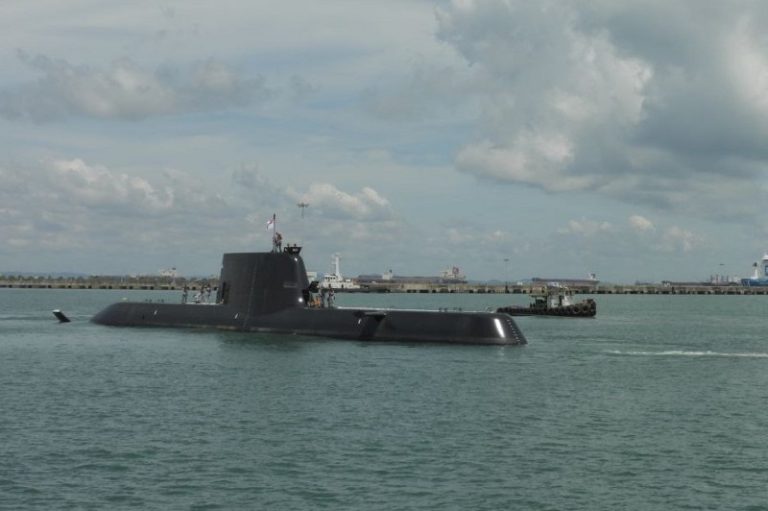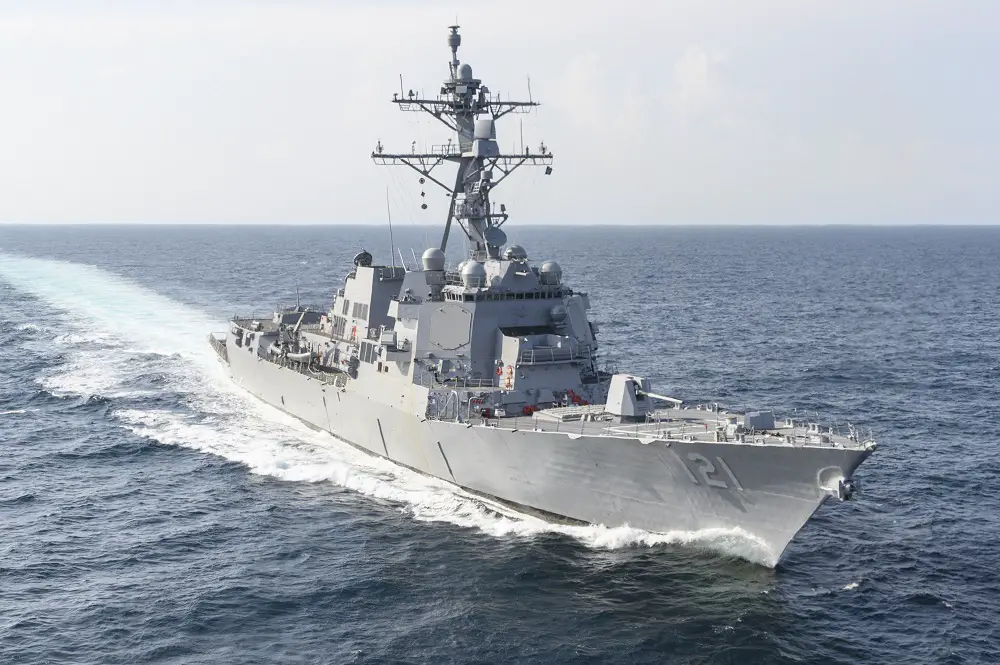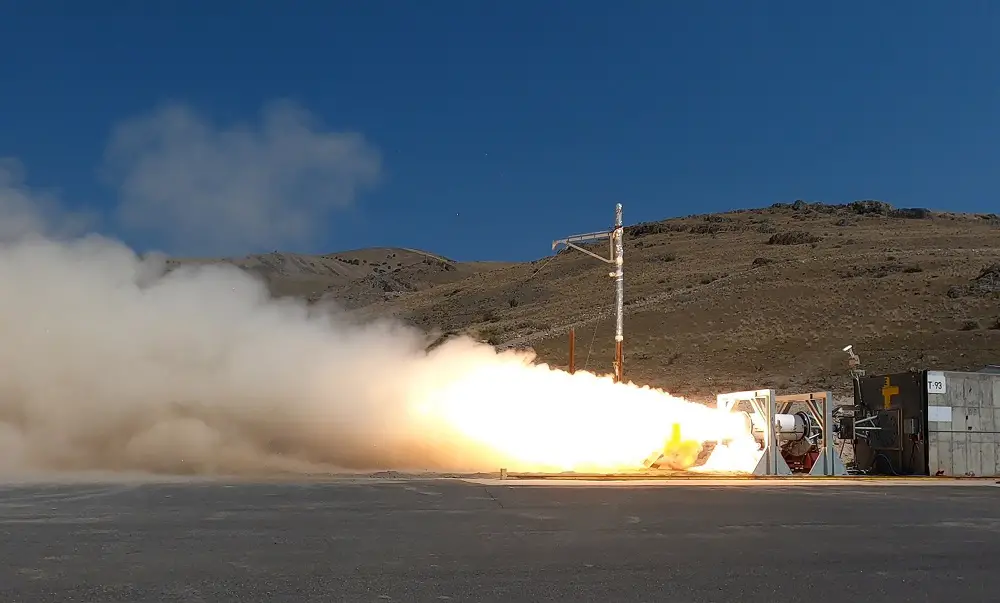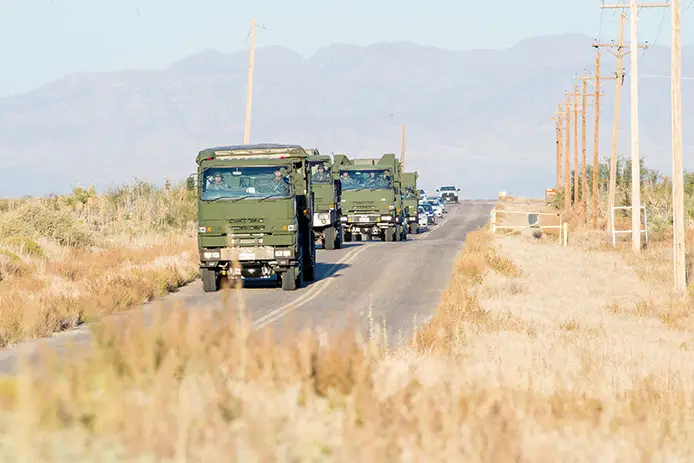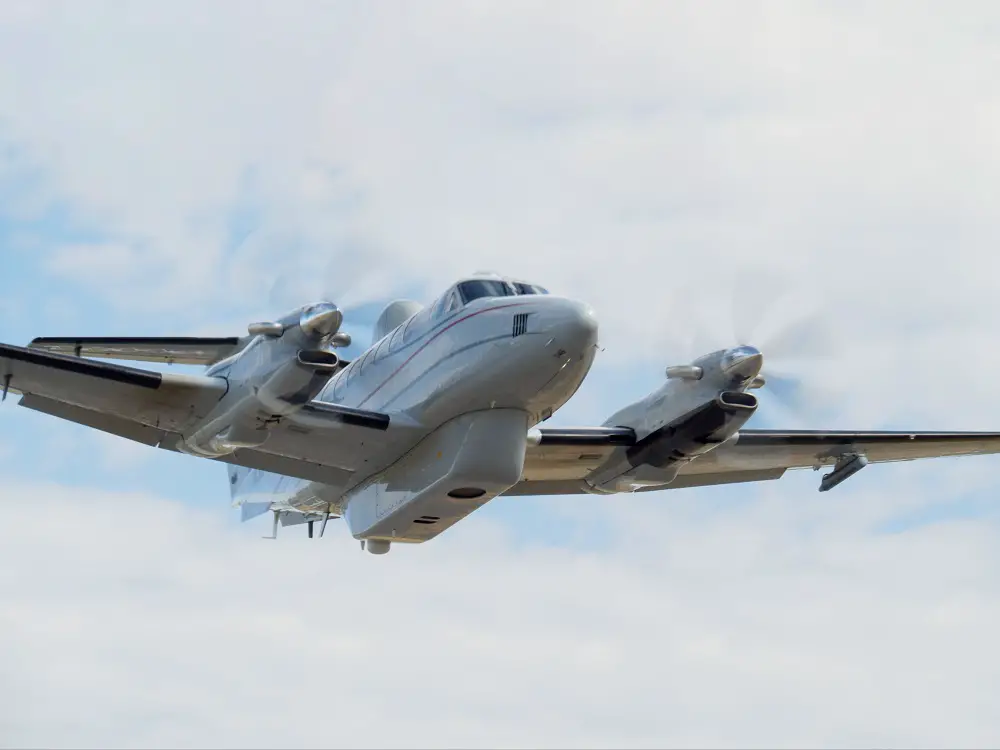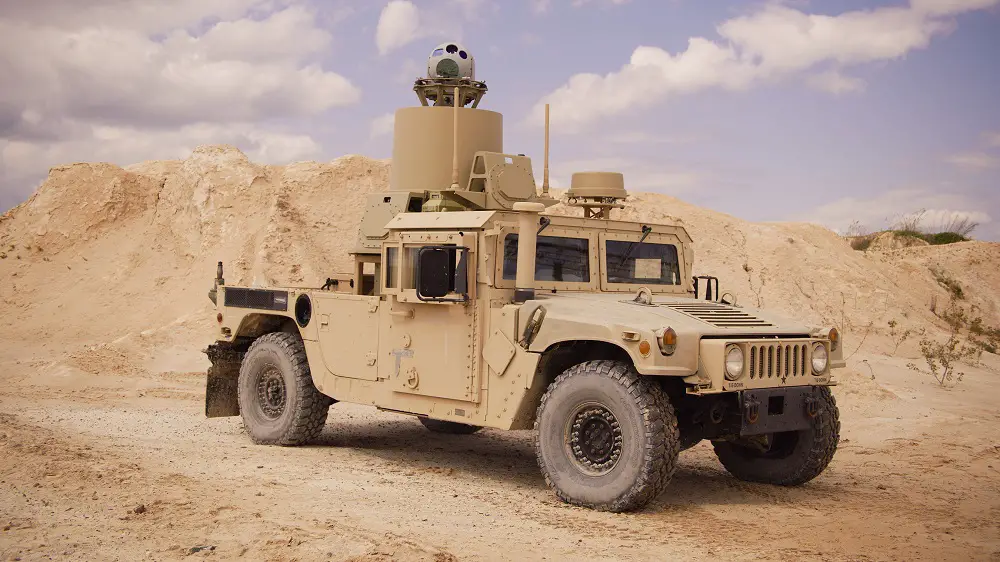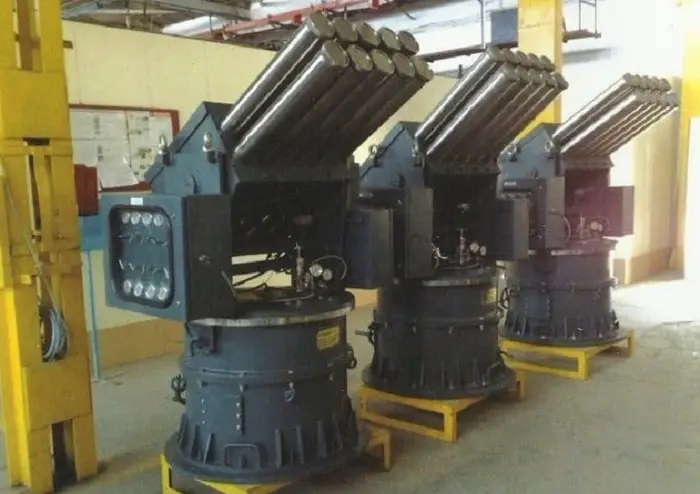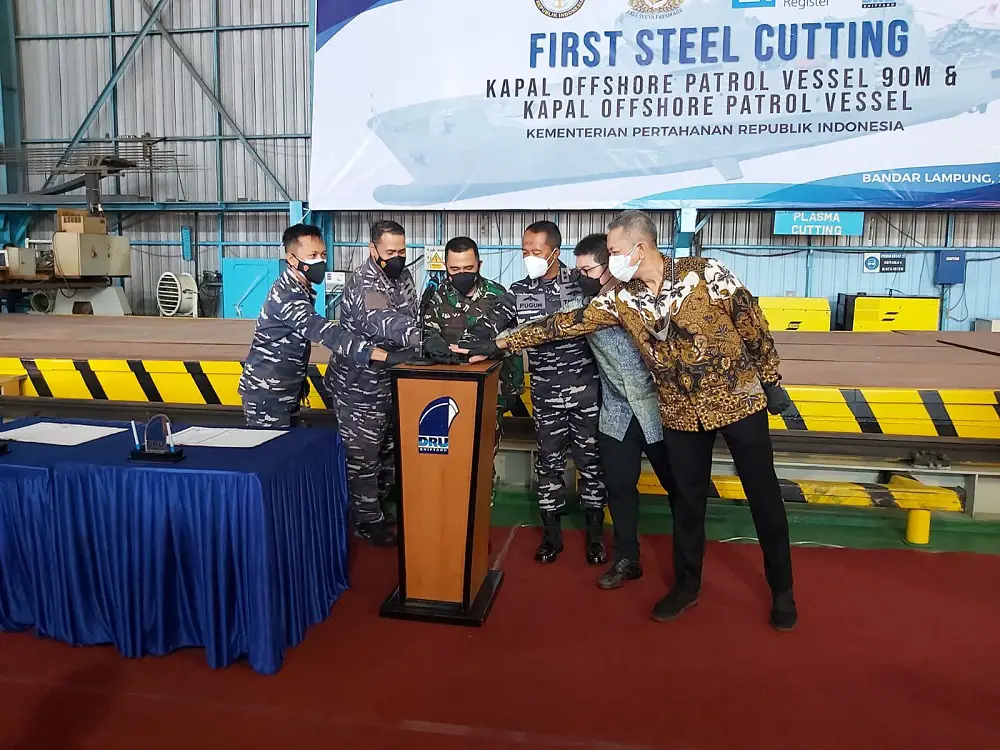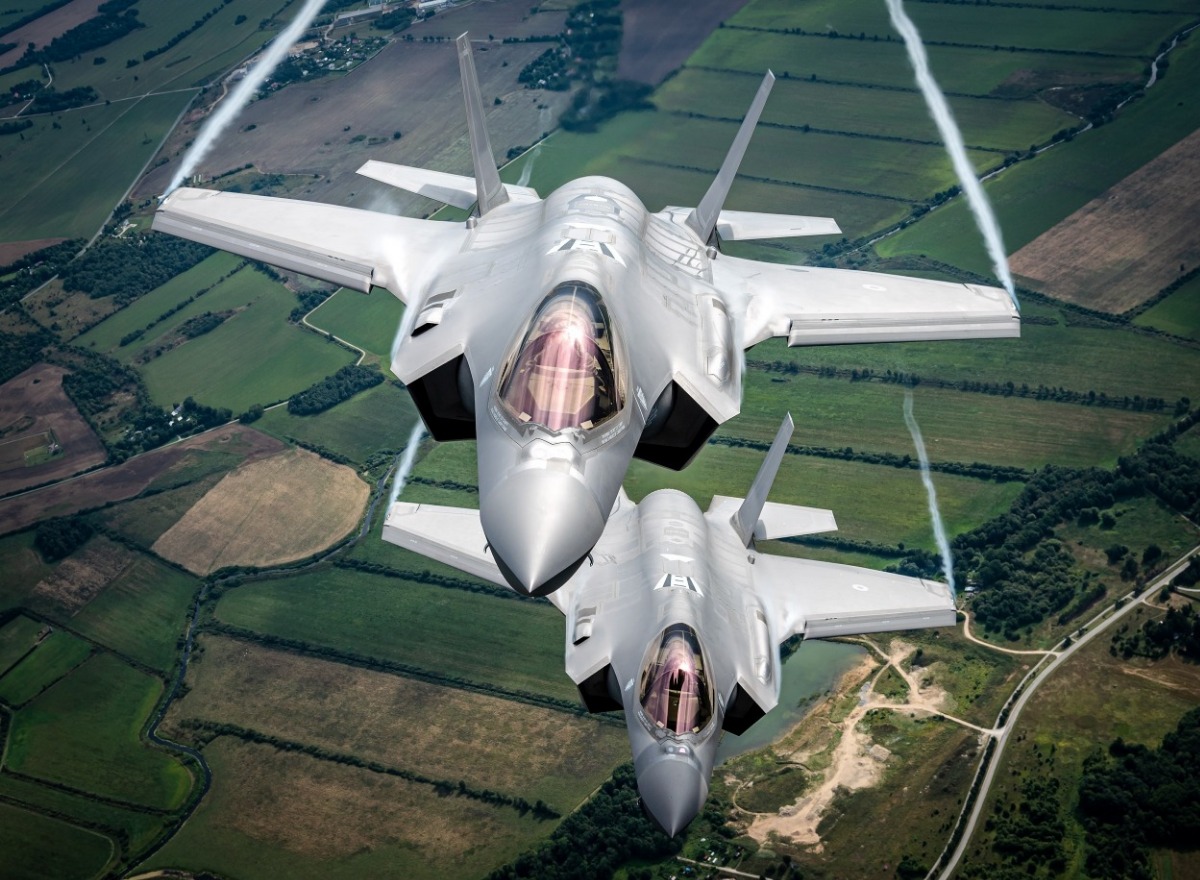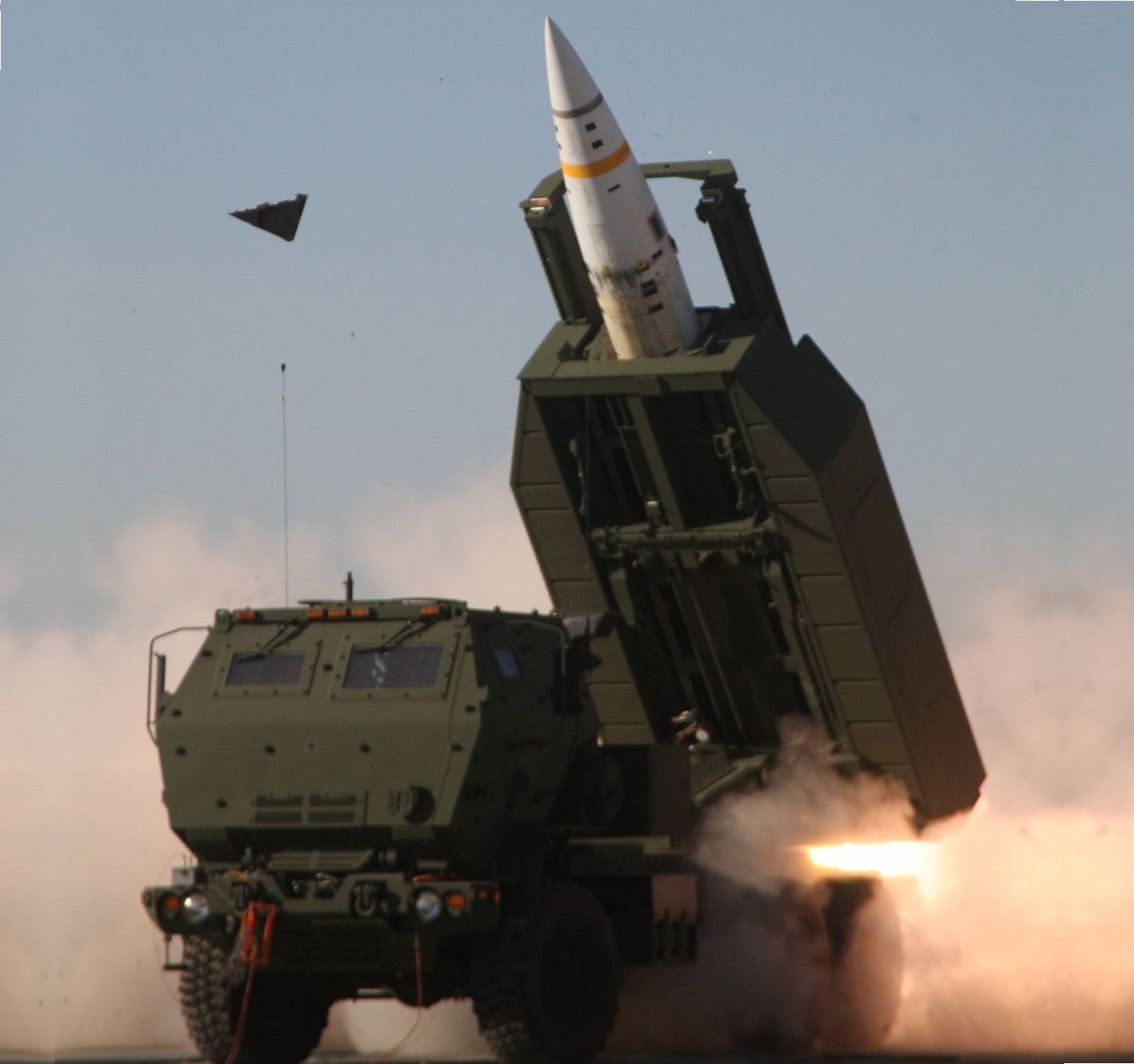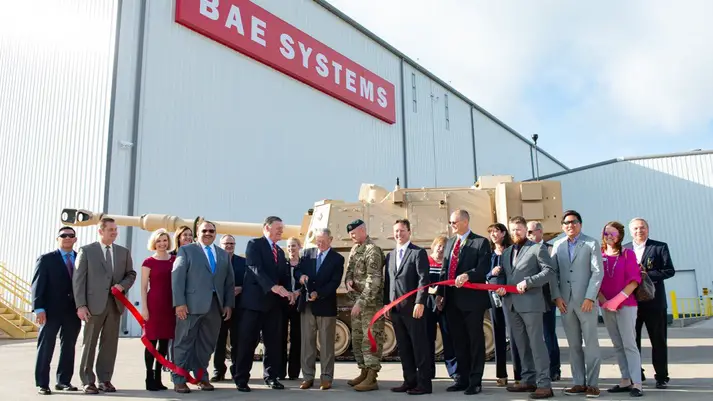U.S. Navy scientists and engineers gathered to watch MTV but rather than music videos, they saw quantum-based computing, virtual reality, and DeepCam image recognition among a host of technological solutions emanating from the cloud.
The MTV they witnessed – an SUV jam-packed with new technological capabilities, sensors, onboard computing and a myriad of potential applications – is better known as the Microsoft Tactical Vehicle.
“The Naval Warfare Centers are working closely with our industry partners, including Microsoft, to solve problems and increase fleet readiness while strengthening the current and future Navy,” said Laura Martin, program manager for the Information Technology Hyper Convergence – Hybrid Cloud Team at Naval Surface Warfare Center (NSWC) Dahlgren Division, after the Nov. 8 event. “We saw demonstrations that involved artificial intelligence, machine learning, sensors, quantum-based computing, cloud-native technologies, automation, blockchain, and other advanced capabilities that will have a dramatic impact on our development of innovative solutions for the fleet.”
Martin and dozens of NSWC technologists were especially intrigued with a demonstration of the Microsoft Tactical Vehicle featuring augmented and virtual reality for advanced mission planning to support the future Navy and tomorrow’s warfighters.
“We were briefed on simple image recognition all the way to complex scenarios where multi-modal inputs led to actionable results from complex data sets,” said Martin regarding technologies demonstrated by the MTV spanning cloud solutions from the home front to the tactical edge.
As Microsoft technical specialist Jim Ford described the MTV’s tactical edge computing devices that delivers advanced analytics and artificial intelligence (AI) capabilities to the tactical edge, the Navy civilians envisioned how they could apply these capabilities to design, build, and deliver innovative solutions to the warfighter.
More than 150 technical experts from Naval Surface Warfare Center (NSWC) Dahlgren Division, NSWC Philadelphia Division, and NSWC Indian Head Explosive Ordnance Disposal Technology Division attended the event, called Dahlgren Innovation Day, for technology demonstrations and talks with Microsoft Corporation, Nov. 8.
Microsoft experts discussed their technologies, including DevOps, artificial intelligence, machine learning, as well as Azure and computing at the tactical edge.
Mark Bolz – principal engineering architect for Microsoft’s Azure Data – explained Azure in his Dahlgren Innovation keynote speech, entitled, “Adaptive and Aligned systems … so easy a tanker can do it”. Microsoft defines Azure as a growing collection of cloud services for building, deploying, and managing intelligent applications through a global network.
Bolz pointed out that Azure Hybrid is capable of providing innovation anywhere. The ability to use Azure Stack with Integrated systems – along with Azure Arc connecting any data center in any Cloud to any Edge device – provides the ability to organize and govern across environments.
“Utilizing the capabilities provided with a hybrid cloud solution can provide the digital transformation changes that will enhance the Navy Warfare Center’s ability to create, test and deploy capabilities to the fleet in an abbreviated time schedule not seen in today’s environment,” said Wally Reed, co-lead for the NSWCDD Information Technology Hyper Convergence – Hybrid Cloud Team.
The Microsoft speakers and its Tactical Vehicle technology demonstration came to Dahlgren Innovation Day on the heels of the Defense Department’s announcement in October that Microsoft was chosen as the winner of DoD’s Joint Enterprise Defense Infrastructure (JEDI) Cloud contract with a total contract ceiling of $10 billion.
The JEDI solicitation and Dahlgren Innovation Day reflects the unique and critical needs of DoD and the Navy, which operates on a global scale and in austere, disconnected environments. It is important for a warfighter in Afghanistan to access the same information as an analyst in Washington, D.C., a service member training in California, or a Sailor deployed aboard a warship.
The general purpose cloud, which incorporates the JEDI foundational structure will provide DoD with a commercial enterprise cloud environment for the majority of systems and applications. According to DoD’s Cloud Strategy, “this general purpose cloud will allow the department to take advantage of economies of scale, broadly provide common core services, and ensure information superiority through data aggregation and analysis.”
Multiple fit-for-purpose commercial cloud or on-premises cloud solutions – providing functionality through a subscription or software as a service capability – will serve the mission partner if the general purpose cloud cannot accommodate a unique requirement.
“In today’s world, our adversaries are working to develop new capabilities that leverage the advantages of cloud,” states the Cloud Strategy document released by the Defense Department in 2018. “Therefore, we must ensure, that as we migrate and become more dependent on the cloud, that we are organically growing our cloud technical skills to outpace our adversaries.”
By engaging a multi-vendor, multi-cloud environment strategy, the Navy Warfare Centers are turning away from hardware-intensive infrastructures that create difficulties in maintaining equipment and lack the flexibilities needed to assimilate the information required by senior leadership.
The Dahlgren Innovation Day briefers focused on how the cloud, AI, machine learning (ML), and cognitive services could impact the battlespace. Topics included the new Microsoft, AI, ML, and AI oriented architecture.
“The Navy and Microsoft briefs and demonstrations at Dahlgren Innovation Day enabled NSWC scientists and engineers to see and understand new technologies and tools available for engineering systems to meet mission requirements,” said Glenn Jones, Activity Command Information officer at NSWCDD.
Frank Hesson – Microsoft’s Azure data and AI solutions specialist for the Navy and Marine Corps – briefed his Navy Warfare Center audience on ‘Intelligent Edge’ with Azure Stack and Databox Edge. Intelligent Edge – a continually expanding set of connected systems and devices that gather and analyze data— is a Microsoft AI-enabled edge computing device with network data transfer capabilities. Intelligent edge provides the compute power and intelligence of Azure that can be used for rapid machine learning inferencing at the edge and preprocessing data before sending it to Azure.
In his demonstration, Hesson showed Navy scientists and engineers how they can use Intelligent Edge to organize and enable data mining on any captured formats to extract pertinent data.
Microsoft Cognitive Services in containers, including plug and play AI, was a featured discussion. There was also an AI/ML demonstration and presentations focusing on SecureDevOps, Microservices, mixed and virtual reality, and cyber security.
Robert Freeman – Microsoft’s Git Hub expert spoke to the audience about SecDevOps in a brief entitled, “Transforming how the Mission builds Secure Software”. GitHub – which brings together a large community of developers to discover, share, and build better software – is the leader of enterprise and open source development. Freeman explained how Secure DevOps makes security principles and practices an integral part of DevOps while maintaining improved efficiency and productivity. DevOps is a set of practices that combines software development (Dev) and information-technology operations (Ops) which aims to shorten the systems development life cycle and provide continuous delivery with high software quality.
“The future DoD cloud workforce must grow organic technical capabilities by building a more diverse and balanced workforce among military and civilian components,” concludes the DoD Cloud Strategy document. “DoD’s workforce must obtain a basic level of cloud proficiency in order to most effectively exploit the benefits of cloud. Just as every Marine is a rifleman, every DoD employee must have basic cloud awareness to effectively operate on the 21st century battlefield.”
It was evident throughout the briefs and demonstrations at Dahlgren Innovation Day that the Navy Warfare Centers consider the cloud as a key enabler for emerging technologies, such as AI, while building applications in the future, providing the Navy Warfare Centers with creative, adaptable, and intelligent capabilities.
